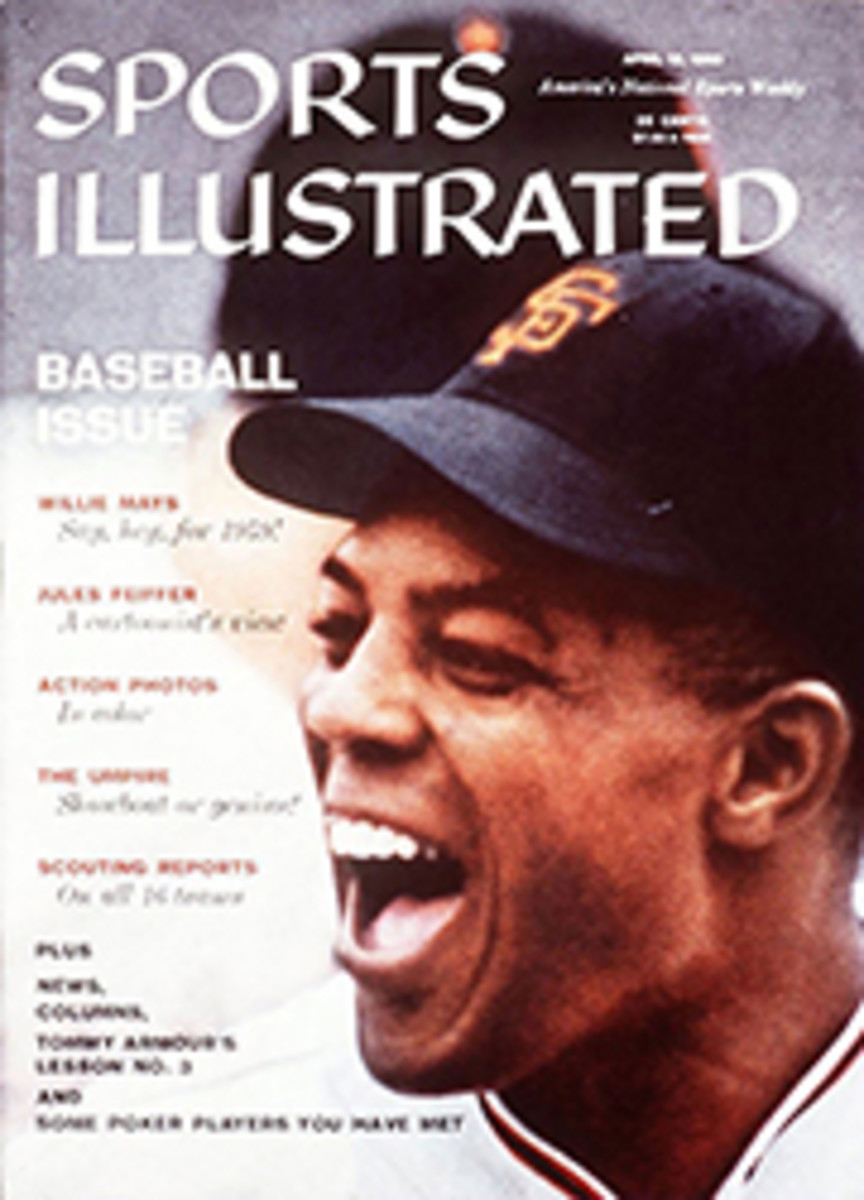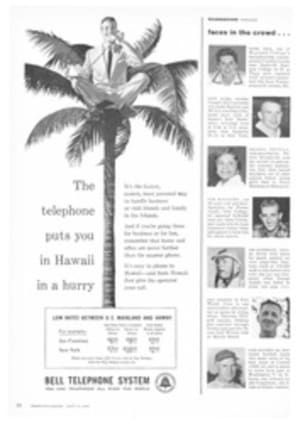
MEMO from the publisher
In an extraordinary autobiography, Playing for Life, which begins next week in SPORTS ILLUSTRATED and which will be published in expanded form on April 21 by Little, Brown and Co. ($4), William F. Talbert remarks:
"There were trophies ranged on shelves in the library and stashed away in the closets, plus some others that still cluttered up my mother's apartment—souvenirs of my mug-hunting days.
"The most important prize of all, and by far the largest part of my debt, consisted of a few unengraved words spoken by a man whose name would mean nothing to readers of either the sports page or the front page. He was a doctor who told a group of professional people and laymen interested in diabetes research: 'Banting and Best discovered insulin and made it possible for diabetics to live. Billy Talbert showed them how.'
"What he might have added was that tennis had showed it to me."
When, at the age of 14, Talbert began to play tennis he was four years along in competition of a different kind—with the diabetes which overtook him when his young ambition was to become a major league ballplayer. Then the prescription for diabetes was carefully rationed doses of insulin, carefully measured rations of food and endless rest and quiet.
Diabetes has not changed since; but in many cases its treatment has. And this is largely because Talbert, probably the world's best-known diabetic, was able, with the aid of his father and the advice of his physician, to prove that diabetes need not prevent an active life.
For years, during which Talbert played his way up the tennis ladder, he kept successfully quiet about his diabetes. But in Australia when he was a member of the U.S. Davis Cup team the press found him out. The next thing he knew he was putting on an exhibition with Gardnar Mulloy before an audience of diabetic Australian children. Since then Talbert's accomplishments on the court—distinguished though they are—have meant less to him than his opportunity to show diabetics how their disability is no bar to the enjoyment of life to the full.
Playing for Life is an exciting story of tennis—the circuit, the society and the people. It is equally a chronicle of human determination which has opened up for thousands and thousands an athletic existence they once could never have known.

